![]()
![]()
![]()
Use LEFT and RIGHT arrow keys to navigate between flashcards;
Use UP and DOWN arrow keys to flip the card;
H to show hint;
A reads text to speech;
31 Cards in this Set
- Front
- Back
|
When charged particles do not move, we call this.... |
static electricity
|
|
|
___________ are particles made of negative charge
|
Electrons
|
|
|
When we charge something by rubbing objects together, we say this is charging by....
|
friction
|
|
|
When negative charges are pulled away, it leaves ______ charges behind on the other object.
|
positive
|
|
|
A positive charge can result from an excess of ______ if electrons are removed.
|
protons
|
|
|
An unaltered atom has an equal number of ___& _____ resulting in a neutral atom.
|
positives & negatives or
protons & electrons |
|
|
If two negatively-charged balloons are brought near each other, then they will .....
|
repel
|
|
|
If two positively-charged balloons are broght near each other, then they will....
|
repel
|
|
|
If a postively-charged balloon is brought near a negatively-charged balloon, then they will....
|
attract
|
|
|
If two uncharged balloons are brought near each other, then ...
|
they will neither attract nor repel.
|
|
|
Just like magnets, objects with a static charge develop an ____ _____ around them, that acts much like a magnetic field.
|
electric field
|
|
|
Electric charges can flow easily through a .....
|
conductor
|
|
|
Electrical conductors are typically made of ....
|
metals
|
|
|
A non-conductor is called an....
|
insulator
|
|
|
Insulators are typically made of materials such as....
|
glass, plastic, rubber, & dry wood
|
|
|
When a charged object's electric field causes electrons to shift in another object in close proximity, we call this charging by.....
|
induction
|
|
|
An e_________ is a device with 2 foil leaves that move when it detects a static charge.
|
electroscope
|
|
|
When a charged object actually touches an uncharged object or if a spark jumps from one object to another, we call this charging by....
|
conduction
|
|
|
A gigantic spark in the atmosphere during a storm is called....
|
lightning
|
|
|
A spark between two objects is also called an e___ d____.
|
electric discharge
|
|
|
If 200 negatives (electrons) are ripped off your hair by a balloon, then ____ positives (protons) must remain behind, because of the law of conservation of charge.
|
200
|
|
|
Rubbing a balloon on your hair to charge it is called charging by...
|
friction
|
|
|
Sticking a charged balloon to an uncharged wall in the classroom is called charging by....
|
induction
|
|
|
If negative charges are attracted to one side of an object because a positively charged object is brought near, then the other side of the object has a build-up of ____ charges. This process is called....
|
positive
induction |
|
|
The leaves on an electroscope separate because "like" charges cause them to _____.
|
repel
|
|
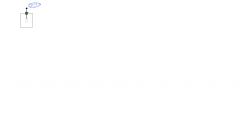
What happens to the gold foil leaves when the negatively-charged balloon is brought near the electroscope?
|

The leaves separate. This is charging by INDUCTION.
|
|
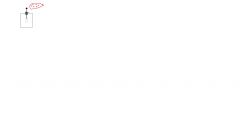
What happens to the gold leaves when a positively-charged balloon is brought near the electroscope?
|

The leaves separate. This is charging by INDUCTION.
|
|
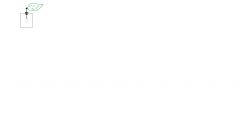
What happens to the gold leaves when a negatively-charged balloon actually touches the electroscope?
|

The leaves separate. This is charging by CONDUCTION.
|
|
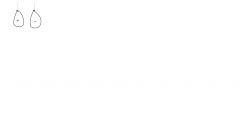
What do these balloons do when brought near each other?
|
They attract each other.
|
|
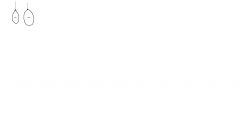
What happens when these two balloons are brought near each other?
|
They repel each other.
|
|
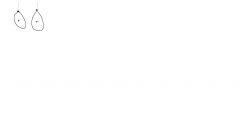
What happens when these two balloons are brought near each other?
|
They repel each other.
|

